More of the Music of Paul McCartney
A Frequently Asked Question: Are Hot Stamper Pressings Quiet?
Some records are consistently too noisy to keep in stock no matter how good they sound. This is one of them. Copies of McCartney’s first album can rarely be found on the site, but if there are any copies available, they are most likely in our section for records with condition issues, which contains about 30% of all the Hot Stamper pressings active on the site at any one time.
Hot Stampers are almost exclusively vintage vinyl pressings — old records you might say — and old records, even after a good cleaning, are rarely quiet. We lay out the particulars of our grading system here.
One of our customers noted that the Hot Stamper we sent him of McCartney’s first album was a bit noisier than he would have liked. We replied:
As for surface issues, we wish we could find them quiet, but that is simply not an option, especially considering how dynamic the recording is. In the listing we noted:
We’ve used every trick in the book to try to get copies of this album to play Mint Minus, but it’s not usually in the cards. Maybe I’m Amazed, in particular, seems to be noisy on nine copies out of ten. If you’re looking for a copy without any surface noise, you’re probably better off tracking down the DCC Gold CD, which is actually quite good.
But no CD is ever going to sound like the record we sent you, not now, not ever. And we feel like throwing many of the copies we play of this album out the window too!
This is where I simply can’t understand how the typical audiophile can make the tradeoff for flat, average sound with quiet vinyl — the sound of these Heavy Vinyl reissues that have sprouted up all over the place, each one worse than the last — and the wonderful, but slightly noisy, sound to be found on the best originals.
You can find more about the subject here.
Counterintuitive Thinking About Front Ends
The better your front end is, the less likely you are to have a problem with noisy vinyl, which is the opposite of what many audiophiles believe to be the case. Some of the cheaper tables, arms and carts seem to make the surface noise more objectionable, not less.
 On the other hand, some pricey cartridges — the Benz line comes to mind — are consistently noisier than those by Dynavector, Lyra and others, in our experience anyway.
On the other hand, some pricey cartridges — the Benz line comes to mind — are consistently noisier than those by Dynavector, Lyra and others, in our experience anyway.
As long as vintage vinyl is the only vinyl with sound worth pursuing, as is surely the case these days and will be for the forseeable future, a quiet cartridge and a very high quality arm are essential to high quality playback.
Our Dynavector 17Dx gets down deep into the groove, where vintage used records have the least number of problems created by their previous owners.
Mated to the wonderful Triplanar arm you see above, all your records should play more quietly and correctly than you ever thought possible.
We are dealers for both, as well as the Seismic Platform. It too reduces distortion and noise in your system.
The 150 or more records listed here will often be noisy, but based on our experience, the noise will be less objectionable if you make better choices with your table, arm, cartridge and vibration control.
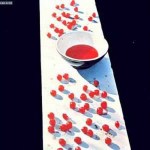
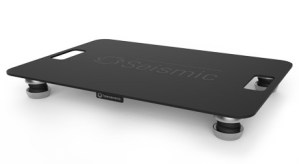

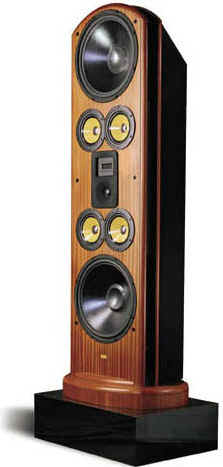 One of the reasons I [used to] have speakers with eight 15 inch woofers/ midrange drivers is that you need to be able to move a lot of air without distortion in order to play music at realistic listening levels. If you’ve got one or two 12 inch woofers and you try to play a record like this at loud listening levels, the distortion becomes unbearable as the drivers try to move all the air in your listening room and simply compress and distort in the attempt.
One of the reasons I [used to] have speakers with eight 15 inch woofers/ midrange drivers is that you need to be able to move a lot of air without distortion in order to play music at realistic listening levels. If you’ve got one or two 12 inch woofers and you try to play a record like this at loud listening levels, the distortion becomes unbearable as the drivers try to move all the air in your listening room and simply compress and distort in the attempt.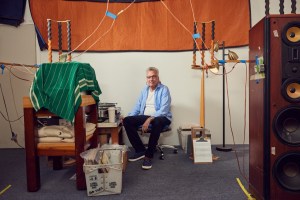 It is the very definition of a
It is the very definition of a 



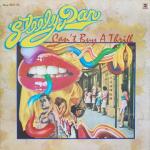

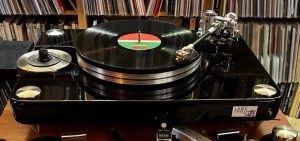
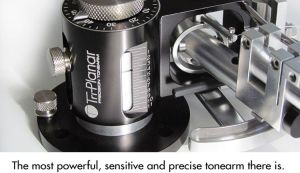
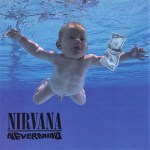
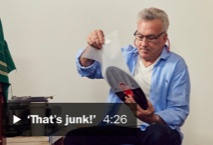
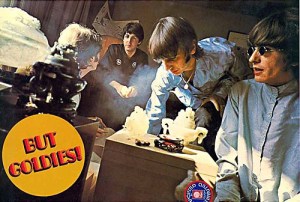 More of the Music of The Beatles
More of the Music of The Beatles
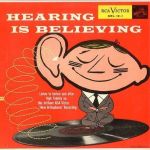 More Speaker Advice
More Speaker Advice